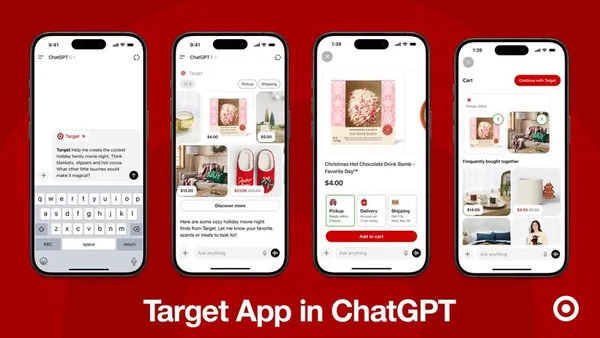Editor's note: The following is a guest post from Mike Mothner, CEO of agency Wpromote.
Once again, technology is changing the way consumers behave. In August, Google Home teamed up with Walmart to launch its own voice-shopping option that will soon let people order everyday products. This partnership extends the value of the platform and closes the gap between Google Home and Amazon Echo. Amazon's voice-based engine Alexa is estimated to have the largest market share — 80% — with over 16 million devices sold by June 2017.
Think your customers are exempt? It's estimated that 35.6 million Americans will use a voice-activated device at least once per month this year, and that's excluding voice assistants on smartphones. As a marketer, you must be thinking: What are the pros and cons of taking part in today's hottest technology?
Here's my take:
Pros
- You'll be at the forefront of the latest consumer trend, refreshing your brand.
- Your brand has another entry point into consumers' lives.
- It's an opportunity to redefine your customer experience.
- Your SEO best practices carry over well to voice-controlled devices.
Cons
- Consumers are less prone to remember audio-only messages, so music and sound effects need to be placed strategically to be remembered.
- High-quality audio is required, since you can no longer rely solely on the automated voice to captivate your audience.
- Voice devices will often respond with only one answer. For your company to get that top spot, you must be the search result with the most authority.
Don't let these cons discourage you. Make them challenge you. Voice-controlled devices present a powerful tool that brands can adopt to remain top-of-mind among consumers. With over 15,000 Amazon Echo skills already created, the way to stand out on this platform is by offering consumers valuable content on a frequent basis.
On a platform where audio is the primary source, it's especially important to provide real value instead of coming across as salesy. One of the best examples of this value so far comes from Hellmann's Mayonnaise, which allows consumers to prepare recipes with ingredients they already have at home. Home cooks and foodies can browse recipes, narrow them by meal and choose their favorites. They'll then receive an email with the recipe, which includes the classic Hellmann's product, of course.
Other successful companies who've made critical moves in this space include CNN and The New York Times with their flash news briefings, Dominos with its easy ordering, and General Electric's integration of Amazon Echo in its home appliances.
If you're still wondering if you should jump on the voice-controlled trend, here are three more things to consider:
- Can your product or service be adapted for an audio platform?
- Is your target audience likely to be an early adopter of voice-enabled devices?
- Are you willing — and do you have the capability — to produce high-quality audio content on an ongoing basis?
If your answers are yes and you want to make some noise, it's time to mic up.













